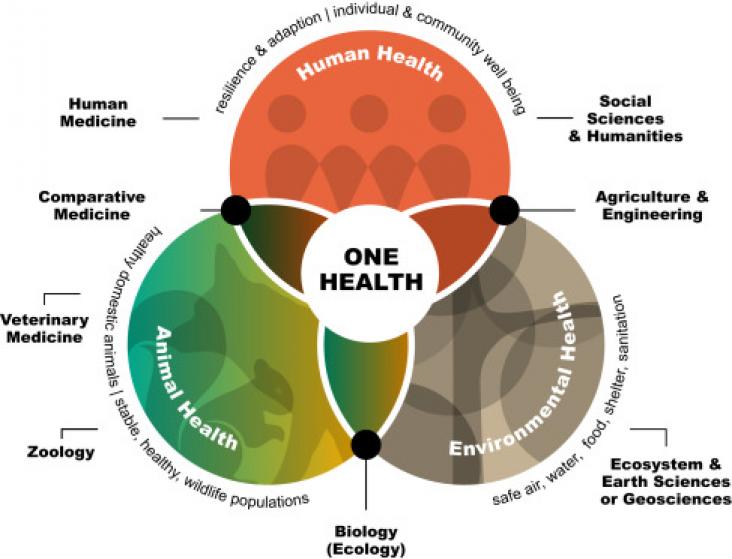Promoting Desired Lifestyles Among Adults with Severe Autism and Intellectual Disabilities Person Centered Applications of Behavior Analysis, 2023, Pages 87-111
Clinical Lipidology (Third Edition): A Companion to Braunwald's Heart Disease, 2024, Pages 383-390.e2
Two modern vaccines that have elicited significant opposition are those directed against hepatitis B and human papilloma viruses.

Principles of Gender-Specific Medicine (Fourth Edition)
Sex and Gender-Specific Biology in the Postgenomic Era
2023, Pages 409-429
The New Public Health (Fourth Edition), 2023, Pages 1097-1158
Nutrition Science, Marketing Nutrition, Health Claims, and Public Policy, 2023, pp 297-305
Handbook of Cognitive Behavioral Therapy by Disorder Case Studies and Application for Adults, 2023, Pages 1-8
